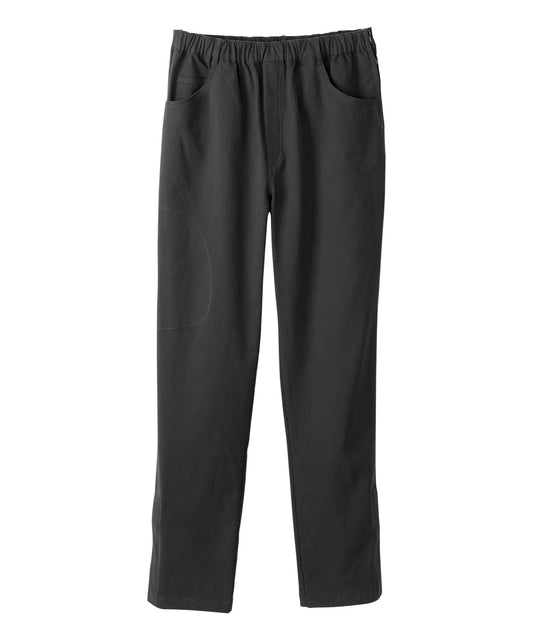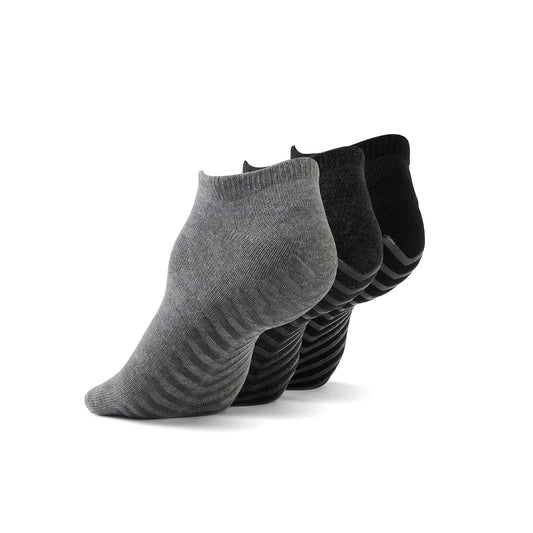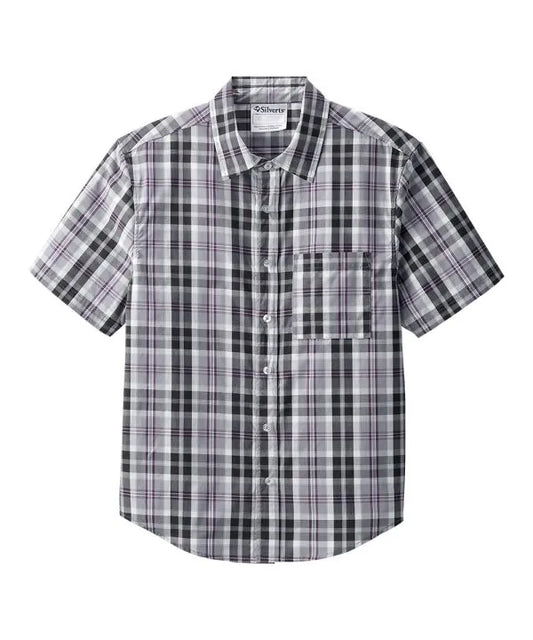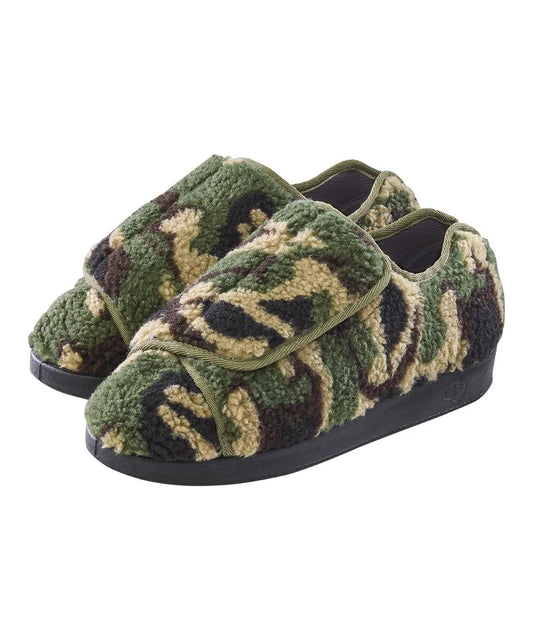Author: Ayesha Malhi
As we age, the way we experience the world and our bodies inevitably shifts. For people living with disabilities, growing older brings a unique set of changes that impact not only physical health but also independence, emotional well-being, and daily routines. Whether you're navigating this journey yourself or supporting a loved one, one truth remains clear: aging with a disability requires resilience, adaptability, and the right support systems.
I’ve seen firsthand how aging can compound existing disabilities. My neighbour's grandmother, once told me that it wasn’t the tremors that bothered her most. It was how exhausting it became to dress herself or walk across the room. "Everything just takes more time now," she said. "But that doesn’t mean I want to give up doing it.”
Her words stuck with me. So let’s talk about how we can age with strength and dignity, while making life just a little easier.
Changing Needs: How Aging Affects People with Disabilities
Aging and disability both affect mobility, energy levels, and how we navigate our homes and communities. Tasks that were once routine like putting on a shirt or stepping into shoes may suddenly feel daunting. That's where adaptive fashion and mobility aid accessories can truly make a difference.
Aging may also bring on new sensitivities, such as joint pain or skin fragility. That’s why non restrictive clothing and pain-free fashion become not just helpful, but essential. Features like open-back designs, magnetic closures, and easy dressing solutions allow people to maintain autonomy with less physical strain.
Common Health Challenges for Older Adults with Disabilities
From arthritis and chronic pain to diabetes, heart disease, and cognitive changes, older adults with disabilities often face multiple, overlapping health issues. Falls become more frequent. Hands become less steady. Recovery from surgery or illness can take longer.
Take someone living with multiple sclerosis. As they age, they may develop muscle weakness, struggle with temperature regulation, or experience balance issues.
In these cases, adaptive activewear like the Women’s Magnetic Zipper Active Jacket can offer warmth, ease of use, and comfort without compromising on style.
And let’s not forget about those recovering from procedures like joint replacements. Comfortable post-surgery wear, like Women’s Recovery Pants with Side Zipper, provides gentle support while making bathroom trips or physical therapy sessions more manageable.

Maintaining Independence and Autonomy
Just because physical abilities change doesn’t mean independence should be sacrificed. In fact, one of the most empowering things we can do is give people the tools to continue making their own choices.
That starts with small wins being able to get dressed without help, walk safely around the home, or prepare a light meal.

Products like the Men’s Easy Dressing Pants with Elastic Waist are designed for people with limited dexterity or mobility challenges, offering a stylish, effortless way to stay dressed and independent.
Independence isn’t about doing everything alone. It’s about having control over your day, your routine, and your personal space—on your terms.
Resources and Support for Aging Adults with Disabilities
Thankfully, there’s an expanding world of resources available. From in home support services and transportation programs to accessible housing, disability grants, and adaptive technology, support is out there; you just need to know where to look.
Explore the wealth of Disability Grants & Free resources in the US and Canada! Join our email list below for a free guide delivered to your inbox. Sign up now and empower your journey!
Caregivers: Supporting with Respect and Compassion
Caring for an aging person with a disability is an act of love but also a huge responsibility. Caregivers juggle medications, appointments, meals, and personal care, often while managing their own lives.
But the most powerful thing a caregiver can do is listen. Respect the autonomy of your loved one, even as their needs change. Ask: “How can I support you today?” instead of assuming what’s best. Sometimes, it's as simple as swapping out a stiff shirt for an adaptive top with magnetic buttons or a soft, seamless undergarment that doesn’t irritate sensitive skin.
Community and Social Engagement: Why Connection Matters
Isolation is a hidden epidemic among seniors and especially people with disabilities. But connection whether through virtual book clubs, church groups, or accessible fitness classes—builds mental and emotional resilience.
Aging doesn't mean giving up on joy or style. In fact, embracing modern adaptive styles, like the Women’s Embroidered Flower Tee with Open Back, can restore pride in how we present ourselves and feel day to day.
Planning for Future Healthcare and Long-Term Care Needs
Planning ahead can feel overwhelming, but it’s essential. Start with a healthcare power of attorney, disability insurance review, and conversations about preferred care settings. Whether you hope to age at home or transition into assisted living, understanding clothing needs for those environments matters too.
Products like the Men’s Collared Nightgown with Back Overlap are designed specifically for hospital-to-home transitions, offering dignity and ease during vulnerable times.
Financial Considerations: Budgeting and Benefits
Aging often means managing a fixed income. Programs like ODSP, AISH, Medicaid, and SSDI can help offset medical or caregiving costs. You can also find affordable adaptive fashion options that prioritize function without sacrificing quality.
To help you get started, subscribe to our newsletter and receive a guide packed with grants and free resources for adults with disabilities in the US and Canada.
Mental Health: Addressing the Emotional Impact
Aging with a disability can bring up feelings of loss, anxiety, and even grief. It’s normal. But you don’t have to navigate it alone.
Therapists trained in aging and disability, peer support groups, and even creative outlets like art or music can make a profound difference. Dressing aids for disabilities and smart adaptive fashion may seem small, but they send a powerful message: “You still matter. Your comfort still matters.”
Embracing Assistive Technology: A Game-Changer for Aging with a Disability
Technology is opening doors literally and figuratively for older adults living with disabilities. From mobility aid accessories to smart adaptive fashion, innovations are making life more manageable and independent.
Voice activated devices like Alexa or Google Home can help with daily tasks like setting reminders for medication or controlling the lights. Wheelchair users now have access to smart home systems that open doors, adjust thermostats, and even help prepare food, reducing the strain of household activities.
Even clothing technology is evolving. Brands are beginning to explore sensor-friendly designs, seamless adaptive clothing, and compression-friendly outfits that provide medical benefits without sacrificing appearance. Imagine a world where your shirt not only fits your body comfortably but also supports your posture or temperature regulation. We’re closer than you might think.
That’s why adaptive fashion isn’t just a trend, it’s part of a larger movement to make fashion functional, inclusive, and empowering.
Accessibility in Public Spaces Still Has a Long Way to Go
While personal adaptations at home can greatly improve comfort, many older adults with disabilities still face significant barriers when moving through public spaces. Inaccessible entrances, poorly designed seating, and lack of changing areas or rest stops can quickly turn a simple outing into a stressful experience.
Imagine being invited to a family dinner at a restaurant only to realize there's no wheelchair ramp—or that the bathroom stalls are too narrow. For people using mobility devices or managing pain conditions, this isn’t just an inconvenience. It’s exclusion.
We need to advocate for universal design in architecture, transportation, and event planning. Accessibility isn't a bonus feature—it’s a basic human right. Every community should be built with people with disabilities, seniors, and all mobility levels in mind.
Advocating for Yourself or a Loved One
Whether you're aging with a disability or supporting someone who is, knowing how to advocate for proper care, clothing, and accommodations is vital.
That might mean asking a doctor to write a letter supporting a disability tax credit, requesting modified clothing for disabilities in a long-term care facility, or challenging a policy that excludes adaptive options.
But it can also be simple. Start by helping your loved one choose easy-access clothing that brings them comfort and dignity. Encourage them to speak up about their needs, and model that by doing the same.
The June Adaptive community is built on this very foundation: empowering individuals to age boldly, live fully, and dress with pride—no matter what.
FAQs
Q: What kind of clothing is best for older adults with arthritis?
A: Look for items with magnetic closures, open-back designs, and stretchy fabrics like our adaptive dress shirts and soft knit pants.
Q: Where can I find funding for disability-related clothing or equipment?
A: Many government and nonprofit programs exist. Don’t forget to download our free guide by joining our newsletter.
Q: What’s the difference between adaptive fashion and regular clothing?
A: Adaptive fashion is thoughtfully designed to accommodate physical needs—like mobility limitations, prosthetics, or medical devices—while still being stylish and comfortable.
Want to read more like this read our latest blog-Adaptive Clothing Solutions for Seniors: Dressing Made Simple















